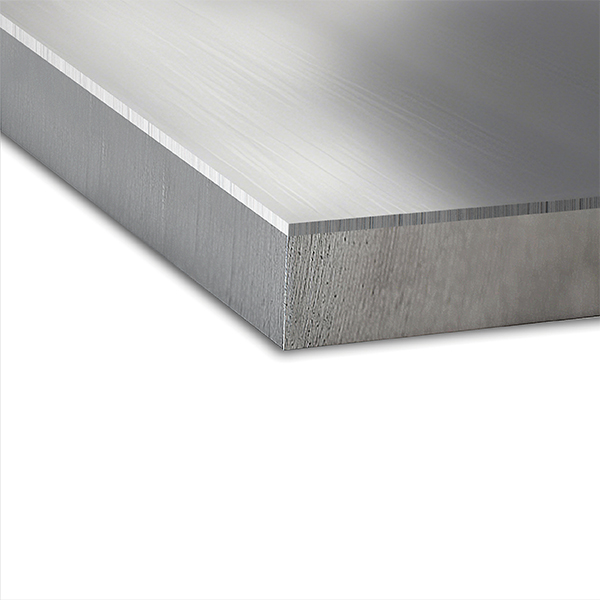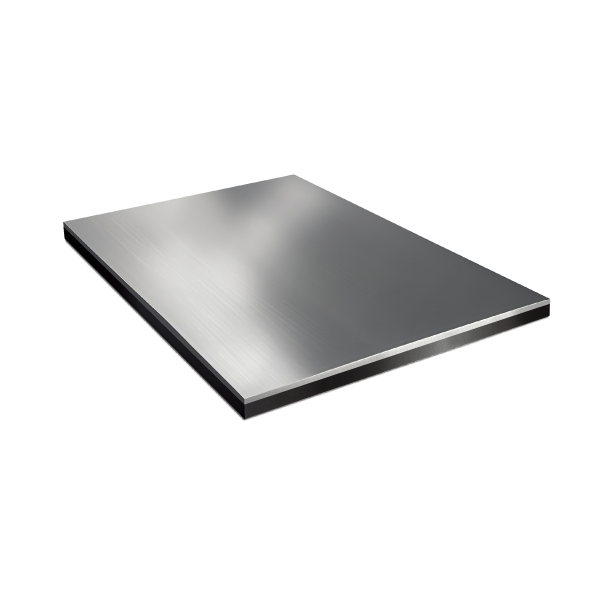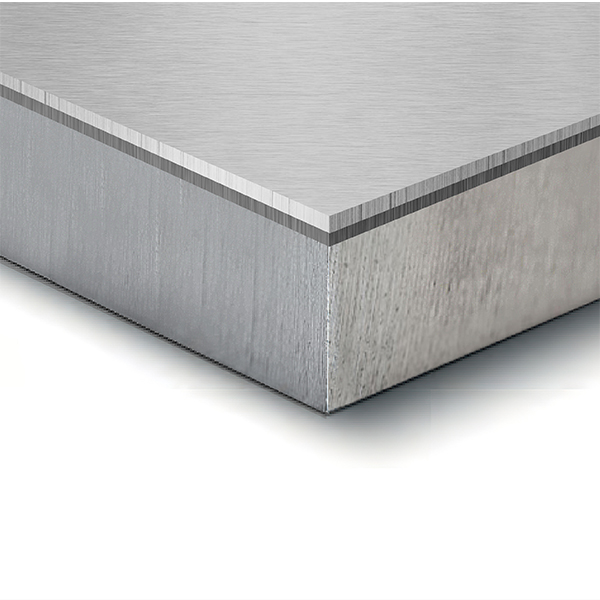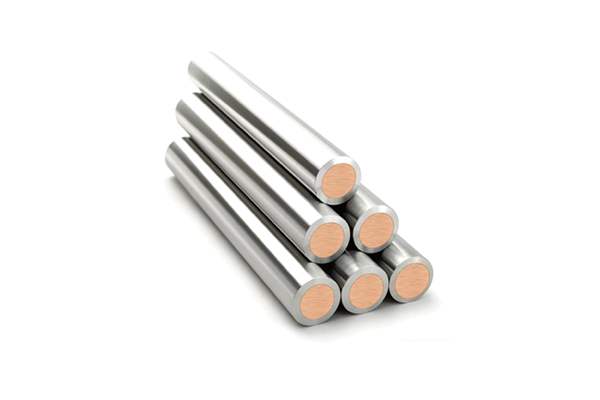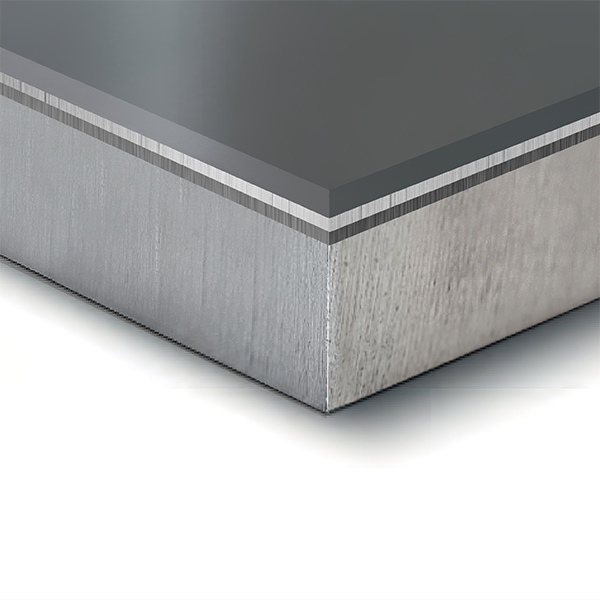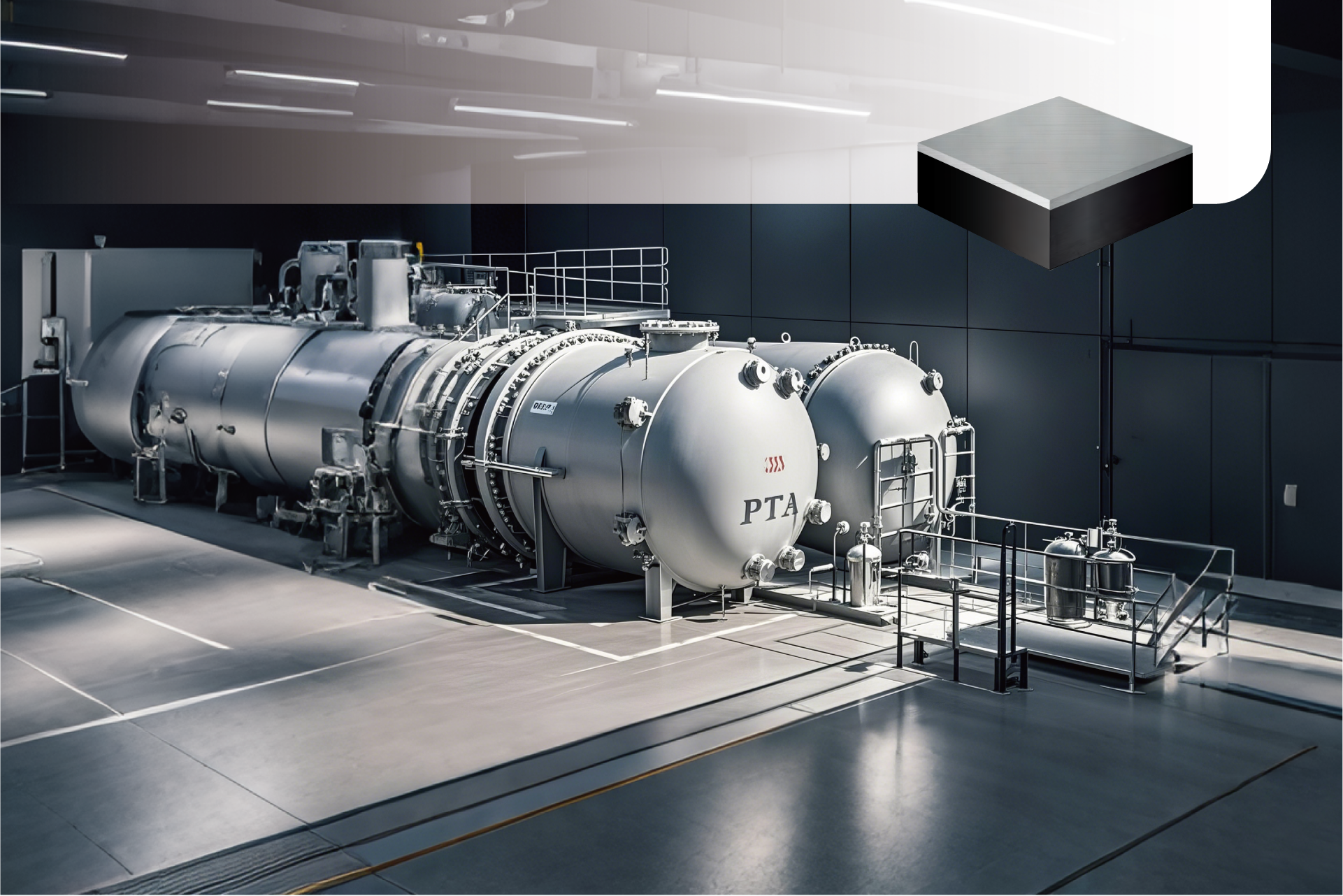
Inconel 825 Alloy Clad Plate
Inconel alloy 825 clad plate is made by combining nickel alloy 825 with carbon steel or low-alloy steel through a cladding process, offering the excellent corrosion resistance of alloy 825 along with the strength and cost advantages of the base steel. It is widely used in industries such as chemical, oil and gas, marine engineering, and nuclear power. Alloy 825 contains high nickel, chromium, molybdenum, and copper, enabling it to effectively resist corrosion in strong acid environments like sulfuric acid, phosphoric acid, and hydrofluoric acid, and it is especially suited for chloride and oxidative environments. The high nickel content also provides excellent resistance to stress corrosion cracking, making it ideal for seawater and chlorinated media, while maintaining high-temperature stability up to 550°C.
The base material is typically carbon steel (such as Q235B or A516) or low-alloy steel, which provides robust structural support and significant cost advantages. Cladding is commonly achieved through explosion welding or hot-rolling, creating a high-strength, stable interface. Nickel alloy 825 clad plates are widely used in: Chemical equipment (Reactors, evaporators, and storage tanks handling strong acids, resistant to sulfuric and phosphoric acid corrosion),Marine engineering (Desalination equipment and ship cooling systems, resistant to chloride corrosion), Environmental equipment (Flue gas desulfurization and wastewater treatment equipment, extending the service life of the equipment),This clad plate provides an economical and reliable solution for high-corrosion and high-temperature environments.
PRODUCING CONDITION
ASTM A265,ASTM A264,JIS G 3602,NB/T 47002 ect
Carbon steels such as ASME SA516, ASTM A516 Gr. 55, 60, 65, 70; Stainless steels like: ASTM A240, ASME SA240, ASTM A789, ASME SA789, ASTM A182, ASME SA182, EN 10028-2, EN 10088-2, EN 10088-7 etc.
ASTM B424/425; ASME SB424/425; UNS N08825;EN 10028-7 JIS NCF825 ect.
| Clad Layer THX. | TTL THX. | Max. Width | Max. Length | |
|---|---|---|---|---|
| Explosive | min. 2mm | – | 4.5m | 14m |
| Explosive + Rolling | 0.8-2mm | max. 152mm | 4.5m | 14m |
| Rolling | 0.8-14mm | 5-65mm | 4.5m | 14m |
characteristics
Different composite methods have varying requirements for the cladding and base materials. We can provide customized production based on the specific needs of our customers.
Chemical Composition
Clad layer chemical analysis (wt%) as below:
| C | Si | Mn | P | S | Cu | Cr | Ni | Mo | Ti |
|---|---|---|---|---|---|---|---|---|---|
| 0.006 | 0.18 | 0.41 | 0.016 | 0 | 2.09 | 22.57 | 38.94 | 3.11 | 0.69 |
Mechanical Performance
Mechanical performance as below:
| A.A | DIM | SQ | CTM | BR(%) | T.S Rm (N/mm2) | Y.S ReL (N/mm2) | E.L. % | I.B.T d=1.5a 180° | E.B.T d=1.5a 180° | S.S. τ/MPa | CAve J/-46° | D1 /HBW | IC mm/Y | U.T |
|---|---|---|---|---|---|---|---|---|---|---|---|---|---|---|
| C.P | PASS | PASS | PASS | 100% | 500 | 323 | 38 | PASS | PASS | 375 | 28 | 151 | PASS | PASS |
| A.A: Analysis Area DIM: Dimension SQ: Surface Quality CTM: Cladding Thickness Measurement BR(%): Bonding Rate | T.S Rm/(Mpa): Tensile Strength Y.S ReL/(Mpa): Yield Strength E.L A/%: Percentage Elongation After Fracture I.B.T d=1.5a 180°: Backside Bending angle=180° E.B.T d=1.5a 180°: Frontside Bending angle=180° | S.S. τ/MPa: Shear Strength CAve J/-46°: Charpy Absorbed Energy Average D1 /HBW: Average Hard Test of Base Metal IC mm/Y: Inter-granular Corrosion according to ASTM G28 A U.T: Ultrasonic Testing |
||||||||||||
Third Party Certificate
In accordance with ASTM A578/A578M Level B, we perform 100% ultrasonic testing (UT), ensuring a bonding rate of over 99%. Tests for chemical composition, mechanical properties, low-temperature impact, hardness, PWHT (Post Weld Heat Treatment), and HIC (Hydrogen-Induced Cracking) can be conducted as per customer requirements.
Additionally, we provide EN 10204 – 3.2 certification.

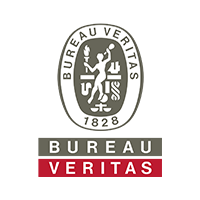
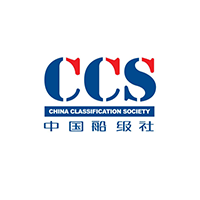
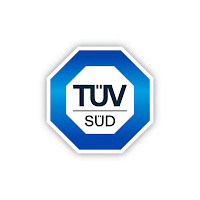

CERTIFICATION
The company has achieved ISO 9001 Quality Management System certification, ISO 14001 Environmental Management System certification, and Occupational Health and Safety Management System certification. Other certifications, such as PED and API, are currently in the application process. Our clad plate products have also received CE certification for pressure vessels, while our marine clad plates have been certified by six national classification societies, including CCS, DNV GL, LR, BV, RINA, and ABS.
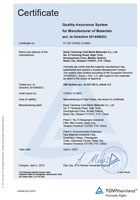
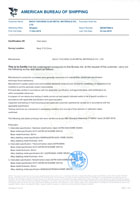
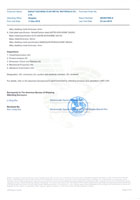
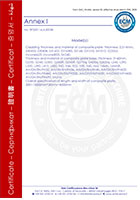
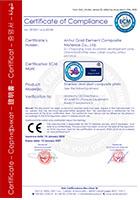
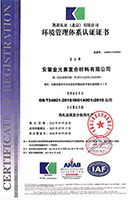

DELIVERY AND PACKING
Below is our standard packing method for export transportation, for other special requirements from our customers, we can customize. The surface of the clad plates is covered with a PE plastic film, followed by a layer of hard cardboard for protection. The outermost layer is waterproofed, and labels are applied to ensure effective identification. The product is then loaded for shipment.
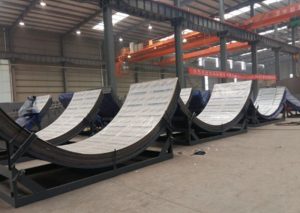
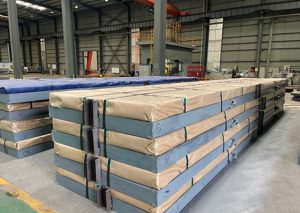
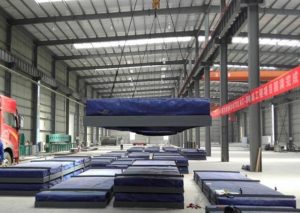
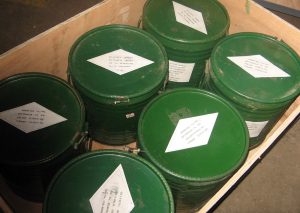
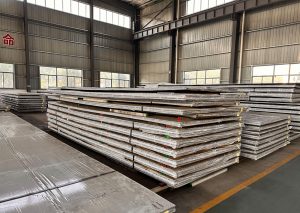

FAQ
Relative Products
Zr Ti Steel Clad Plate
Zr Ti Steel Clad Plate The zirconium/titanium/steel clad plate is a multi-layer composite material typically made by bonding zirconium, titanium, and carbon
Ti Cu Clad Rod
Ti Cu Clad Rod Titanium-clad copper is a composite material created primarily through explosive welding or rolling (with explosive welding being
Ta Zr Ti Steel Clad Plate
Ta Zr Ti Steel Clad Plate The Tantalum/Zirconium/Titanium/Steel clad plate is indeed an exceptional multilayer material. Its sophisticated design provides high corrosion
Contact

